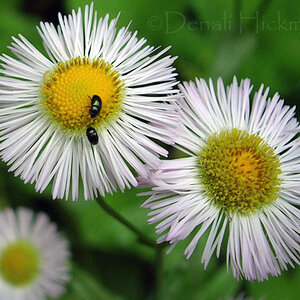NateS
TPF Noob!
- Joined
- Sep 27, 2007
- Messages
- 2,750
- Reaction score
- 39
- Location
- Missouri
- Can others edit my Photos
- Photos NOT OK to edit
Maybe...just maybe the culprit is the change in DOF. I find that OOF areas show grain more than in focus areas. With your kit lens, you couldn't open the aperture as wide meaning that more of the image was in focus. Now you have areas that are completely out of focus and blurred together and those types of areas show grain more in my experiences.
In macro (what I shoot) if I bump to say ISO 800, I get a lot more grain than base, but 90% of that grain is in the blurred background areas.
On your first shot and crop....I see absolutely no grain at all...not sure what you see there. ....On the second shot I don't see much grain, but what I do see is in the blurred background portions. If you are seeing "grain" on the main subject, then you might be mistaking added detail from a sharper lens for grain..?
Edit: I can clearly see the pores on the skin and small hairs in the skin on the 50mm f1.4 shots and I can't see anything like that on your kit lens shots you just posted. I'm betting it's the fact that there is more detail, not more grain.
In macro (what I shoot) if I bump to say ISO 800, I get a lot more grain than base, but 90% of that grain is in the blurred background areas.
On your first shot and crop....I see absolutely no grain at all...not sure what you see there. ....On the second shot I don't see much grain, but what I do see is in the blurred background portions. If you are seeing "grain" on the main subject, then you might be mistaking added detail from a sharper lens for grain..?
Edit: I can clearly see the pores on the skin and small hairs in the skin on the 50mm f1.4 shots and I can't see anything like that on your kit lens shots you just posted. I'm betting it's the fact that there is more detail, not more grain.





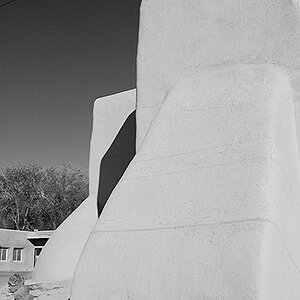
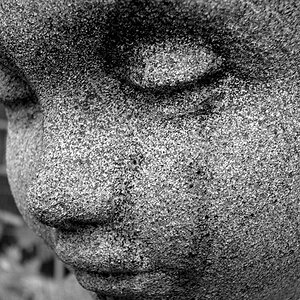
![[No title]](/data/xfmg/thumbnail/32/32630-d78de94d84be2acf57d5e0923482b4da.jpg?1619735552)

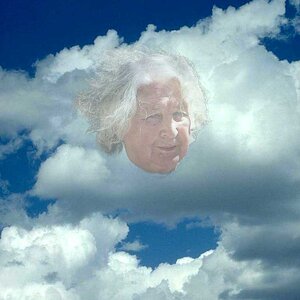
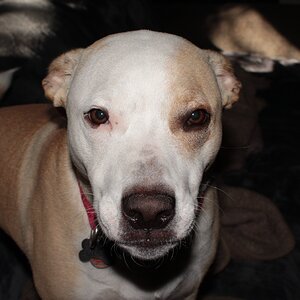
![[No title]](/data/xfmg/thumbnail/37/37119-95714aab9befe33ecb7b951366bedc94.jpg?1619737883)

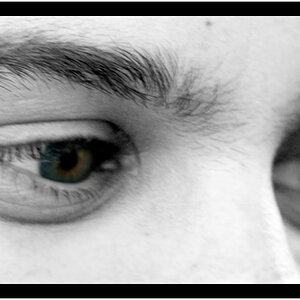
![[No title]](/data/xfmg/thumbnail/37/37121-fda7b1957cb0d0be7bab1ddd3ec87847.jpg?1619737883)
